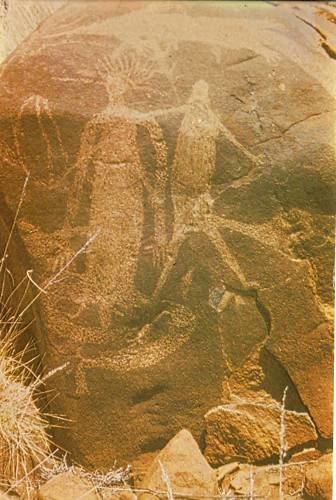 | ||
Destiny rise of iron the devil s lair hard mode new mode
Devil's Lair is a single-chamber cave with a floor area of around 200 square metres that formed in a Quaternary dune limestone of the Leeuwin–Naturaliste Ridge, 5 kilometres from the modern coastline of Western Australia. The stratigraphic sequence in the cavefloor deposit consists of 660 centimeters of sandy sediments, with more than 100 distinct layers, intercalated with flowstone and other indurated deposits. Excavations have been made in several areas of the cave floor. Since 1973, excavations have been concentrated in the middle (approximately on a north-west, south-east axis) of the cave, where 10 trenches have been dug. Archaeological evidence for intermittent human occupation extends down to layer 30 (about 350 cm), with hearths, bone, and stone artifacts found throughout.
Contents
- Destiny rise of iron the devil s lair hard mode new mode
- Excavations
- Archaeological significance
- Dating
- References
Excavations
Devil's Lair has been the subject of scientific research since the 1970s by palaeontologists and archaeologists Excavations have recovered stone artefacts, numerous animal bone remains, hearths, bone artefacts and human skeletal remains.
Preservation of cultural materials has been very good and a long, well dated cultural sequence has been documented. The diversity and productiveness of the evidence from Devil's Lair make it unusually valuable as a source of information on cultural and natural history in the extreme southwest of Australia since the first colonisation of the continent.
Archaeological significance
Devil's Lair is important as one of the earliest sites of human occupation in Australia, a site with very early human ornaments and an unusually rich source of information for prehistoric cultural and natural history in the southwest of Western Australia.
Dating
Several different techniques of dating have been used at Devil's Lair to show that human occupation began at around 48,000 years. This makes it amongst the earliest sites in Australia and so an important source of information about the timing and character of the first human colonizers of Australia
Excavations at Devil's Lair have yielded early human ornaments in the form of three ground bone beads dating to 19,000–12,700 years BP. These beads were made from the limb-bones of macropods and were manufactured by cutting the bone shafts into short segments and grinding them smooth on abrasive stone. A deliberately perforated but otherwise unmodified stone object with wear patterns suggestive of its use as a pendant dated to 14,000 year BP has also been recovered from Devil's Lair
These artifacts are some of the earliest evidence of symbolic behavior in Australia and are internationally significant for understanding the timing and character of the emergence of symbolic capacities in humans.
